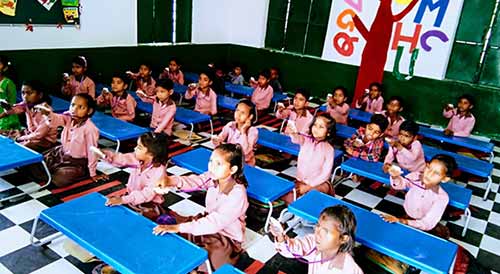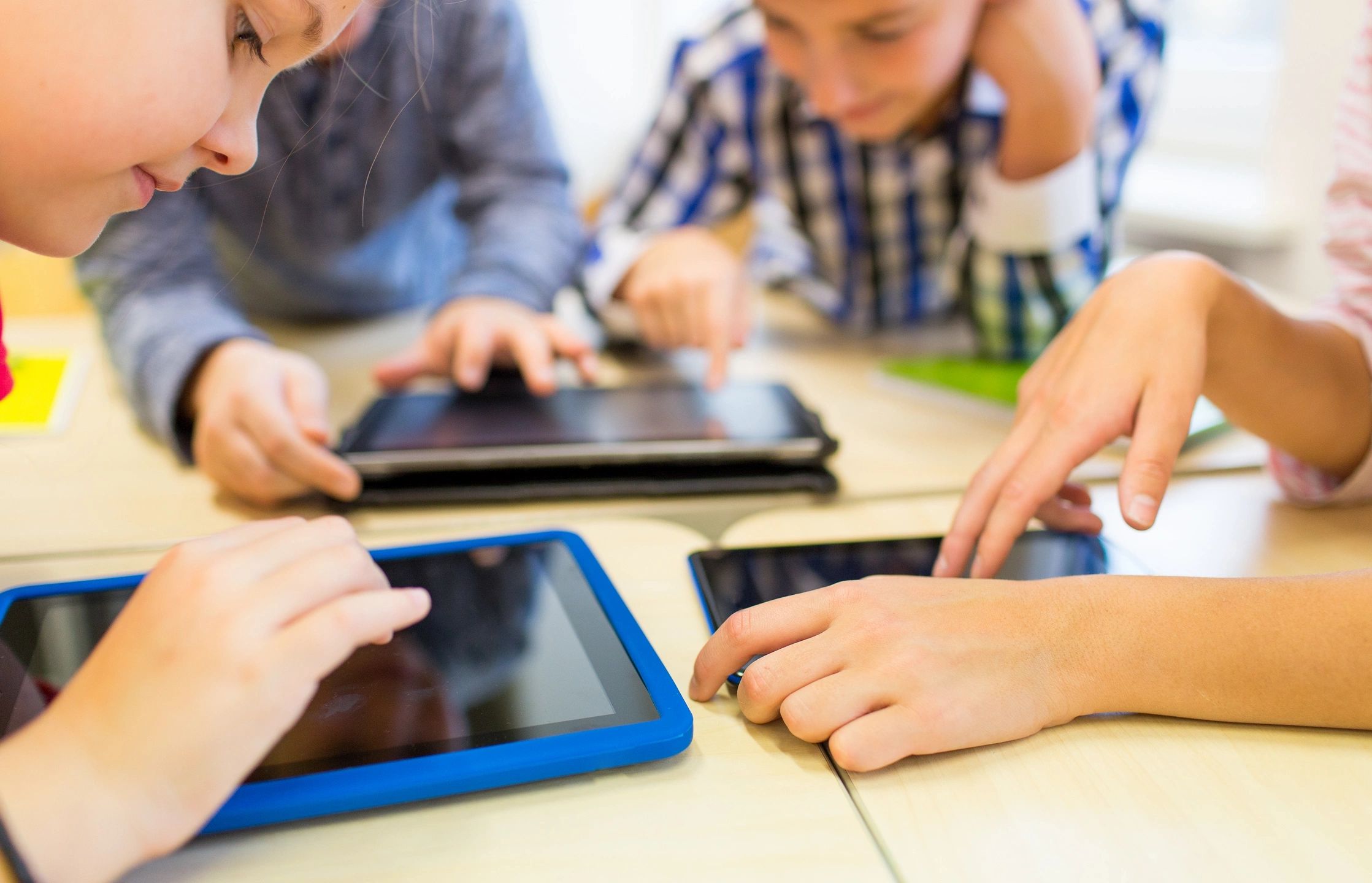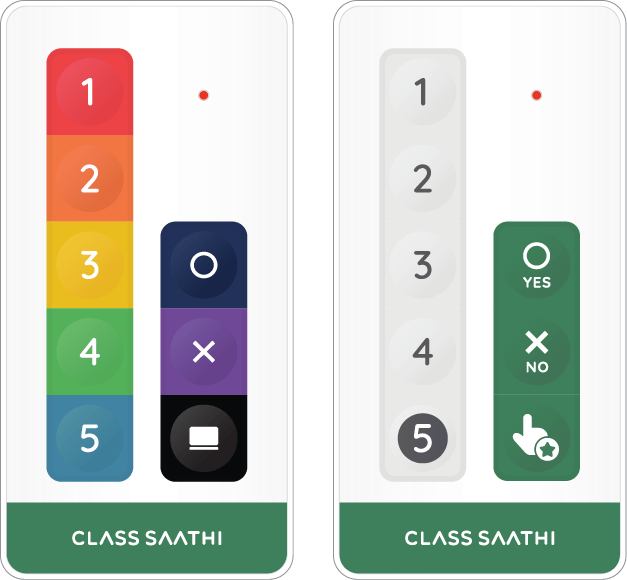In the rapidly evolving landscape of education, the convergence of physical and digital realms has given rise to a revolutionary concept known as "Phygital Learning." This innovative approach seamlessly blends traditional classroom experiences with modern digital technologies, redefining the way we acquire knowledge and skills. In this article, we delve into the depths of phygital learning, exploring its benefits, implementation strategies, and the profound impact it has on the educational sector.
Understanding Phygital Learning
Phygital learning, a term coined from the fusion of "physical" and "digital," represents the harmonious integration of in-person interactions and virtual experiences within the realm of education. This concept goes beyond the limitations of traditional classroom teaching by incorporating digital tools such as online simulations, virtual reality (VR) experiences, interactive apps, and collaborative online platforms. The goal is to create a dynamic learning environment that caters to various learning styles while leveraging the advantages of both physical and digital learning methods.

The Benefits of Phygital Learning
1. Enhanced Engagement: It captivates students' attention through interactive and immersive experiences. Whether it's a history lesson enriched with VR field trips to historical sites or a science experiment conducted through virtual simulations, students are more engaged and motivated to learn.
2. Personalized Learning: Digital tools enable educators to tailor learning experiences to individual student needs. Adaptive learning platforms analyze students' progress and provide customized content, ensuring that students can learn at their own pace and focus on areas that require more attention.
3. Accessibility and Inclusivity: It transcends geographical barriers. Students from different parts of the world can participate in the same virtual class, promoting cultural exchange and diverse perspectives. Additionally, it benefits differently-abled students by offering adaptable learning materials.
4. Real-world Application: By incorporating digital resources, students gain practical skills relevant to the digital age. They learn to navigate online platforms, critically evaluate digital information, and collaborate remotely – all essential skills for the modern workforce.
5. Data-Driven Insights: Digital tools collect valuable data on students' learning patterns and performance. Educators can use this data to make informed decisions, identify areas of improvement, and provide targeted support to students.
Implementing Phygital Learning Strategies
1. Teacher Training: Educators need to be proficient in using digital tools to create a seamless phygital learning experience. Training programs should be provided to familiarize teachers with virtual platforms, interactive apps, and other technologies.
2. Infrastructure Enhancement: Educational institutions must invest in robust internet connectivity and devices to ensure uninterrupted access to digital resources for all students. This is crucial for maintaining equity in phygital learning.
3. Content Development: Collaborative efforts between subject matter experts, instructional designers, and technologists are essential to create high-quality digital content that aligns with curriculum goals.
4. Interactive Assessments: Rethinking assessment methods is crucial. Incorporating online quizzes, virtual presentations, and peer-reviewed projects can evaluate students' understanding effectively.
5. Feedback Mechanisms: Establish channels for students to provide feedback on the phygital learning experience. Their insights can drive continuous improvement.
The Future of Education: Phygital Pathways
It is not a passing trend; it's a transformative approach shaping the future of education. As technology continues to advance, the boundaries between physical and digital learning will blur even further. However, it's important to strike a balance, ensuring that the human touch in education isn't lost. The role of educators will evolve from information providers to facilitators of meaningful learning experiences.
In conclusion, the integration of physical and digital elements in education marks a new era of learning. It offers a gateway to interactive, personalized, and universally accessible education. As we navigate this exciting terrain, it's crucial to remember that effective education is not solely about the tools we use but how we empower students to explore, learn, and grow.
FAQs
A1: It is a blended educational approach that combines both physical and digital learning experiences. It integrates traditional classroom methods with digital tools and technologies to enhance the learning process.
A2: It provides students with a flexible and interactive learning environment. It allows them to access educational materials online, collaborate with peers, and engage in hands-on activities, promoting a deeper understanding of the subject matter.
A3: Yes, many educational institutions have adopted it. Examples include interactive online courses, virtual labs, augmented reality simulations, and blended learning programs that combine in-person and digital elements.
A4: Successful phygital learning experiences involve well-designed digital content, interactive online platforms, access to resources, teacher guidance, and opportunities for students to apply their knowledge in real-world settings.
A5: Educators can embrace it by using digital resources, creating online assignments, utilizing multimedia materials, and integrating technology tools into their lessons. It's essential to adapt teaching methods to engage and support students in both physical and digital environments.
A6: Challenges include ensuring equitable access to technology, addressing connectivity issues, training educators in digital teaching methods, and maintaining student engagement in online and offline activities.
A7: Best practices include setting clear learning objectives, providing regular feedback, fostering collaboration among students, and continually assessing the effectiveness of its methods.
A8: To optimize your phygital learning experience, stay organized, manage your time effectively, participate actively in online discussions, seek help when needed, and make use of available resources and support services.
Whether you're a student or an educator, understanding the concept of phygital learning and its applications can significantly enhance your educational journey.

